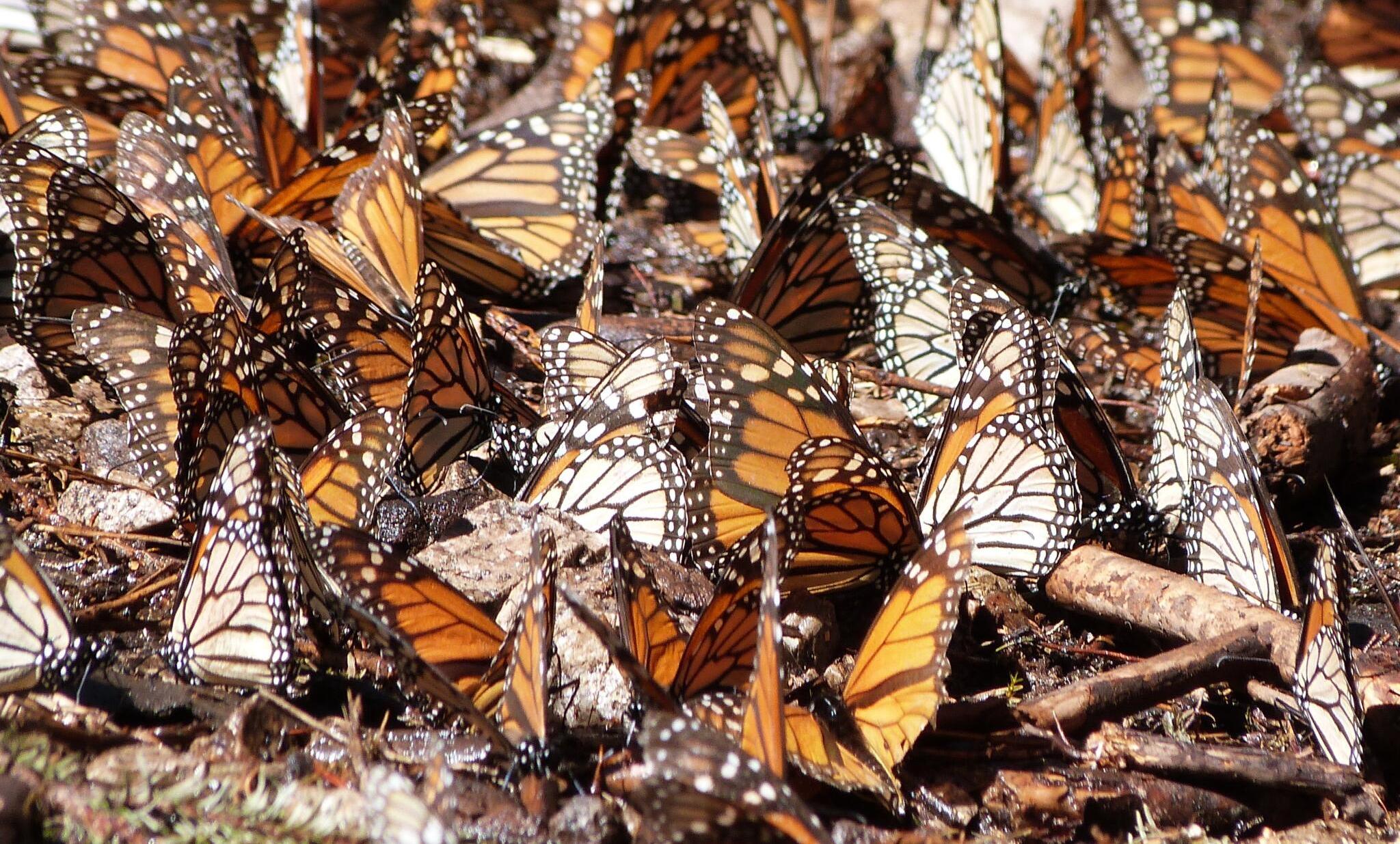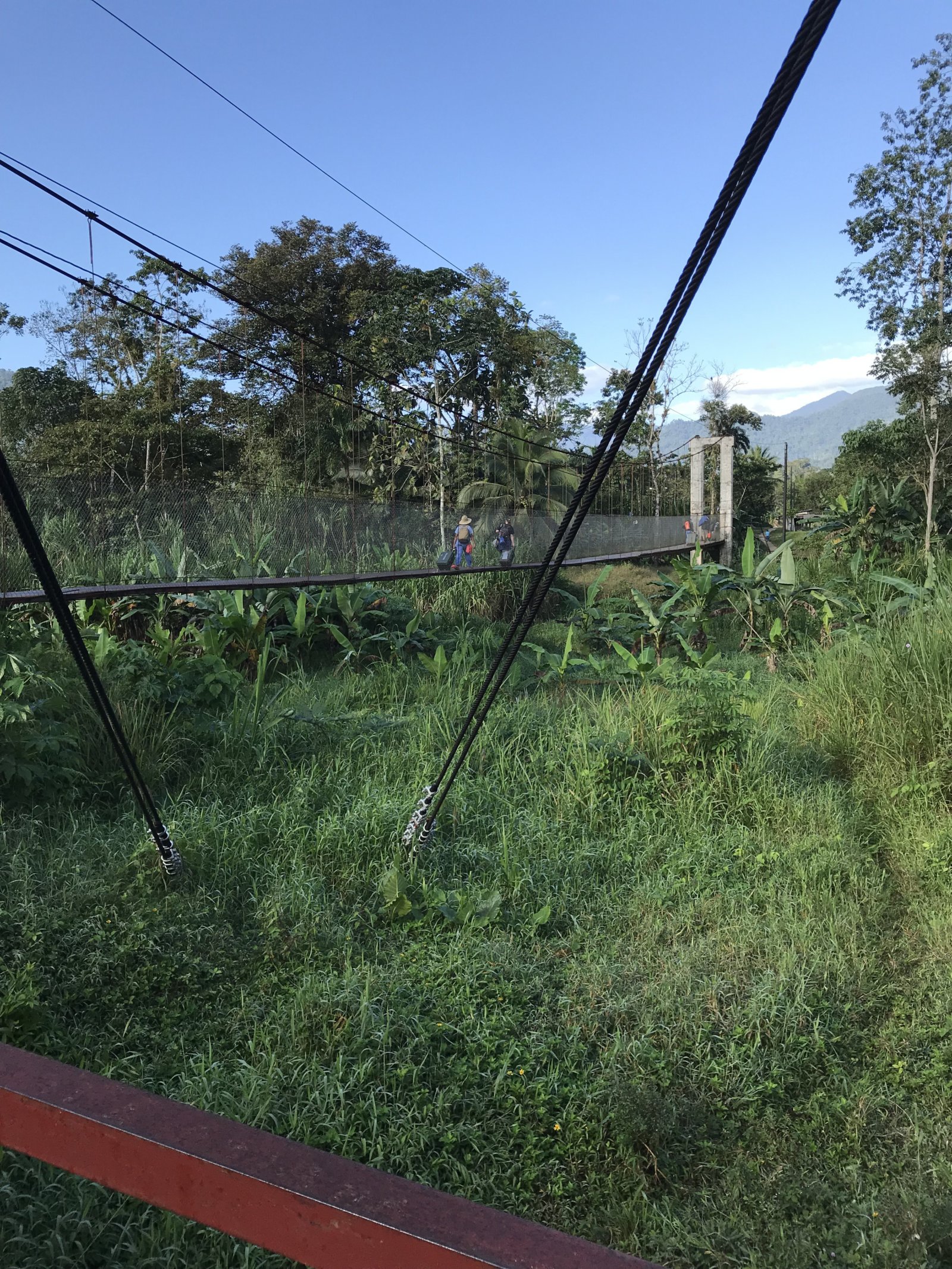Summary
The Unique Cranberry Harvest Experience
Submerged in a nine-acre bog among 270,000 pounds of fruit, I marveled at the lush redness of every cranberry, each the result of 16 months of meticulous calculations to ensure a good harvest.

As I lowered my foot into the water, I waited for my inevitable faux pas. Dressed in rubber waders—oversized overalls connected to boots—I had already been waddling around on the ground, so I was pretty sure I’d either trip over the underwater shrubbery and cause a disruptive splash or pounce my foot down and destroy the delicate crops I was immersing myself into.
However, instead, a warm calm swept over me. My legs felt like they were wrapped up in a cozy hug, and I found my hands gently skimming the tiny red orbs floating in the water. That was when I realized that despite the raucous machinery and farm tools surrounding me, harvesting cranberries in a bog might just be more relaxing than a trip to the spa.
Discovering the Beauty of Cranberries
Growing up in a bedroom with a fire-engine red carpet, I’d always found the fiery color angry and abrasive. But standing here, thigh-deep in a pool of perfectly ripened cranberries in the New Jersey Pinelands, I had a new fondness for the hue, finding it soothing and comforting.
This unexpected contrast continued from the moment I arrived at the Ocean Spray cranberry farm in Chatsworth, New Jersey. Raised on Costco bags of the company’s Craisins, I expected a massive farming operation that mechanically churned out berries en masse. Instead, I turned off a rather nondescript stretch of road into Lee Brothers Incorporated, a delightful seventh-generation family-run farm, with only half a dozen people in the bog, including a Lee family cousin and son.
The Legacy of Lee Brothers Farm
I was welcomed by Steve Lee IV, whose family has been harvesting cranberries on this exact land since 1868. He had initially tried to escape the family business by studying business and hospitality and working for Walt Disney World Dolphin Resort.
However, the cranberries called him back. “I missed my first cranberry harvest and learned that this was in my blood,” he said. “I decided it was the last time I wanted to miss a harvest.” Consequently, he started steering his career back to the family farm, officially returning to the berry business after a decade in the hotel industry.
Moreover, it is small family-run farms like this—over 700 of them spread throughout Massachusetts, Wisconsin, Oregon, Washington, Quebec, and Chile—that form a cooperative making up Ocean Spray. This cooperative exemplifies how small businesses band together to service a major consumer space.

Though the Ocean Spray cooperative was formed in 1930, Lee Brothers joined during its third generation in 1952. “We’re multigenerational, so we’re concerned about preserving and improving our operation here…[but] I take the most pride in is that we’re bringing one of the major staples to the Thanksgiving table,” Lee said.
Sustainability in Cranberry Farming
Altogether, the Ocean Spray growers/owners, as they are known, harvest over 100 billion berries each season, with peak harvest in New Jersey occurring from mid-September through mid-November. Those berries will appear on Thanksgiving tables in the form of 70 million cans of cranberry sauce, as well as various juices and Craisins products.
However, for what may seem like a simple turkey garnish, the process from farm to dinner table is intricately complicated. The 16-month plant cycle means that while the berries are being harvested for this season, next year’s buds are already there, leading to constantly dueling schedules. Moreover, the four different cranberry varieties that Lee Brothers grows—Stevens, Crimson Queen, Mullica Queen, and Demoranville—each have slightly different timelines, plus the ongoing adjustments needed to account for weather changes and irrigation needs on the 1,886-acre farm, making it a nonstop juggling act.
“This is not for the faint of heart,” Lee admitted, noting that regulatory measures and environmental concerns add to the challenges. Even amid a global pandemic, they quickly instilled safety measures—mask requirements and equipment disinfection—and kept ongoing operations. “The cranberries don’t read the newspaper,” he joked. “They’re still coming, so I’ve got to be ready.”
In reality, the actual process goes way beyond bobbing for cranberries, as suggested in Ocean Spray commercials from the mid-2000s. In fact, the berries don’t even grow in water. Pollination begins by renting bees from Pennsylvania in July so that the fruits can start growing on dry ground by August. A quick glance at the dry bogs reveals low-lying shrubs, but a closer look uncovers grape-sized fruits. (New Jersey’s cranberries are known for being larger, often utilized to make sweet dried cranberries, colloquially known as Craisins.)

By October, the berries on top turn a rich red hue, while the underside of the plants reveals white berries, which are earlier in the ripening process and used to make white cranberry juice that tastes milder and sweeter. The bogs are then flooded as part of the wet harvesting method, most common in New Jersey. “The reason we float them is that it’s a much more efficient way to get them off,” Lee explained while cutting open a berry to expose its hollow air chambers, making them buoyant.
After strapping on a pair of waders, farm operations lead Paul Fitzpatrick—one of four full-time employees at Lee Brothers Incorporated and a third-generation New Jersey cranberry farmer—guided me into the center of a flooded bog, a nine-acre bed of the Stevens variety which will produce 2,700 barrels at 100 pounds each.
He advised taking large steps to avoid tripping over the plants underneath and to stay away from the edges, where there’s a ditch around the circumference. But those worries melted away as soon as I was enveloped by berries as far as the eye could see.
It didn’t take long to enter the mesmerizing trance of watching cranberries disappear underwater into the berry pump, which transports the cranberries from the bog into a machine that cleans and sorts the fruit from the leaves. The berries then get loaded into a truck capable of holding 40,000 pounds of fruit, while the leaves are sorted into compost for a nearby blueberry farm—just one aspect of the sustainable nature of the process. Additionally, the water used to irrigate the bogs actually leaves cleaner than when it comes in since the process serves as a natural filtration device.
“Our generation is more conscious of environmental needs because there’s more awareness now,” Lee noted, explaining that another device they’ve added monitors soil moisture to indicate exactly when the crops need watering. This not only saves water but also reduces diesel fuel consumption. Most importantly, the bogs renew the surrounding wetlands, positively impacting the environment.
Before I knew it, I had a rake in hand, helping to gently push the cranberries toward the pump. Once I mastered that task, I graduated to using large boards to guide the fruit in the right direction.
While harvesting always sounds like hard physical labor, this couldn’t be further from the truth. I quickly understood why Lee hadn’t stayed away for even one harvest; there is an intrinsically therapeutic quality to wet harvesting. Notably, all the others working the bog that day held other jobs but chose to take vacation days to join the harvest.
“The thing that’s really amazing about our company is that at the end of the day, it’s really a family,” Lee said. “And what’s really exciting for us is that people are now understanding the health component. Cranberries are beneficial—they are rich in antioxidants and help cleanse and purify the body. We’ve known this for a long time—that’s why we look as good as we do!”





